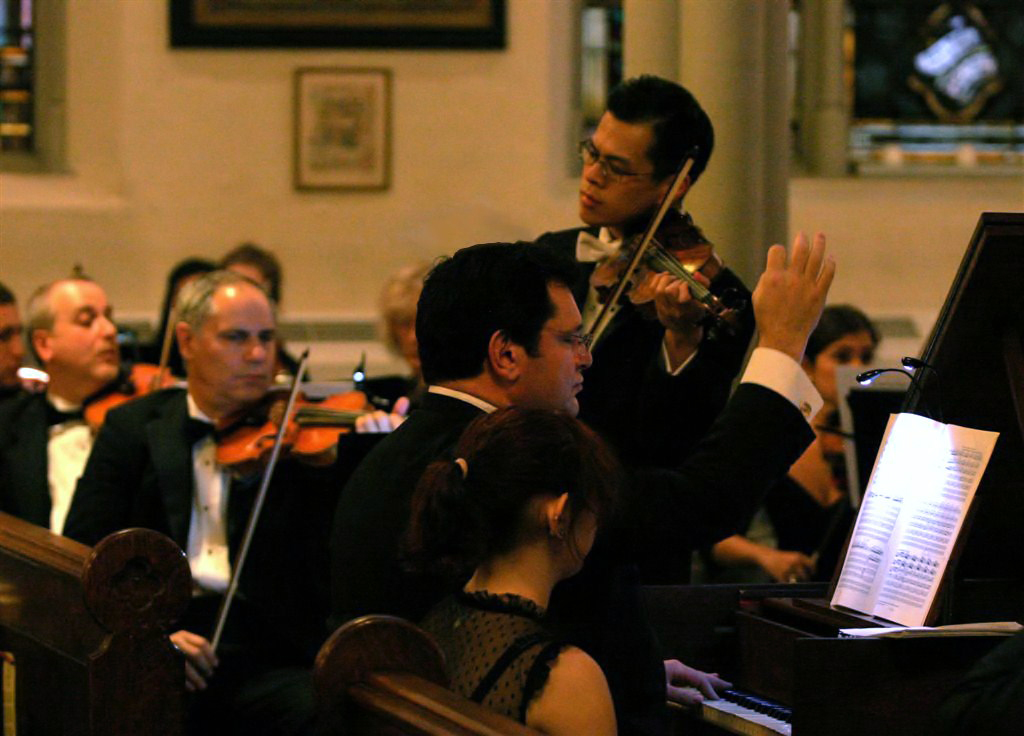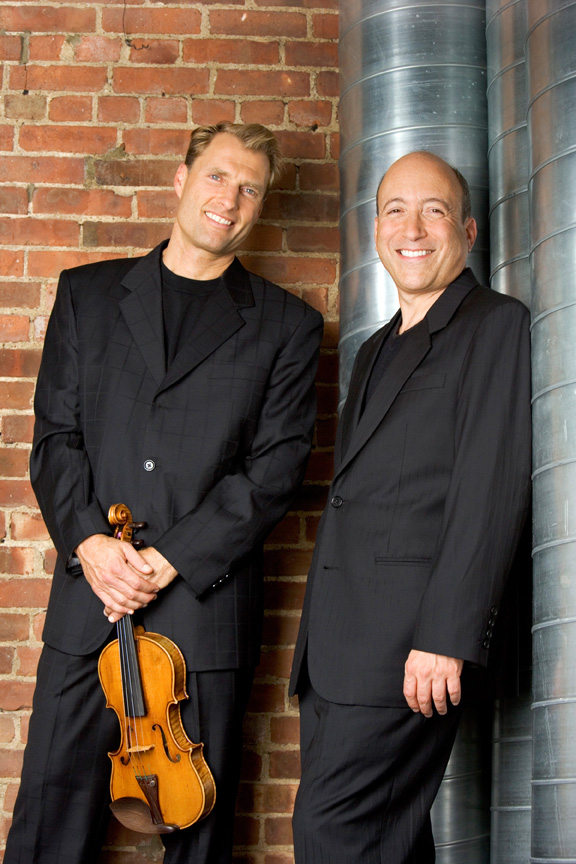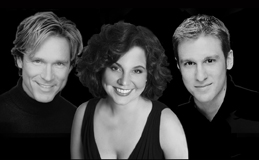The all-encompassing acoustical blur of Saint Patrick’s Cathedral and the spectacularly intricate dance music performed by the Musica De Camara String Ensemble did not mesh together particularly well, but quality program choices and the excellent ensemble-playing led by conductor Roselin Pabon greatly compensated for the cacophony. When audible—and this was during softer or less densely scored sections of music–the ensemble’s precision was occasionally first-rate. St. Patrick’s is a beautiful and venerable place to play, but the drawback is a big one: a resonance so strong and lasting (due to the high ceilings) that the music is often sacrificed. Still, one could see–if not hear–what almost every composer on this program did with regards to harmony and rhythm: make it fresh and thickly layered.
All the composers were quite inventive, and each one represented a different Spanish-speaking part of the world. This was, after all, a program entitled: “A Celebration of Hispanic Music.” Even though the composers’ birth dates ranged from 1892 to 1972, and they were from different geographical areas, there was surprisingly little variety of style among them; almost every piece contained syncopated, tonal, flavorful dance music for strings. (With strings alone, one can miss the diversity of orchestration—particularly percussion—that one hears in Hispanic music.) Yet, I’m happy to say that each work was well crafted, with each composer striving to be daring and complex. Venezuelan Aldemaro Romero’s “Fuga Con Pajarillo” was an impressive start, with all its meticulous counterpoint, and Spanish composer Xavier Montsalvatge’s “Danzas Concertantes” was a nice contrast of tempo and articulation, with thick blues chords. Cuban Chico O’Farrill’s Symphony for Strings was a more serious, sectional work, with lovely melodic writing that could be delineated due to the music’s textural clarity.
Puerto Rican composer, Jack Delano, wrote his Sinfonietta with an innate sense for lilting violin melody. The music was reminiscent of the Habanera—especially in pizzicato sections, and the rich chordal writing was fascinating. Mexican composer Eduardo Gamboa’s “Canambu” was Tango-like, but it also brought to mind Copland’s punchy “El Salon Mexico”. The treacherous off-beats (the first violins got slightly off track) had a welcome repetition. Columbian Hector Martignon’s “Abre, Sierra Tus Ojos” is a very difficult work that also caught the first violins off guard for a moment. Concertmaster Francisco Salazar, however, was absolutely terrific with his demanding solo part. Minimalistic, highly syncopated, and richly harmonized with 7th and 9th chords, “Sierra…” is a marvelous work, and the composer was present to receive the audience’s enthusiastic gratitude.
Unfortunately, Cuban Aruan Ortiz’s “Perla Caribena” was so silky smooth in its phrasing, that it was nearly impossible to hear its melodic strands in this church. Dominican Republic’s Samuel Herrera Baez’s “Merengue”, which was added to the program, was overall a welcome contrast with its simpler, traditional harmony. The conventional chordal writing and cadences of “Rhapsodia: Themes of Rafael Hernandez” by Puerto Rican Guillermo Figueroa (born in 1892) was also a pleasant look back to an earlier style. Some of the first violin entrances were unclear, and the concertmaster’s stand partner seemed lax here and in other highly syncopated pieces, playing behind the beat. I don’t understand why she didn’t try harder to mirror the rhythmical energy and leadership of the concertmaster sitting next to her; perhaps just an off-day.
The written program appropriately concluded with the great Argentinean master, Astor Piazzolla. His innovative “Michelangelo 70”, which was authentically orchestrated by Carlos Rengifo, is laced with a hypnotic repetition and composed with an amazing ear for varying, yet subtle change. The principal second violinist, Luis Casal, played his solo admirably. The encore, an arrangement of the Puerto Rican Danza “Sara”, was nice to hear, but that perfect Piazzolla piece, among others, was still ringing in my ears.

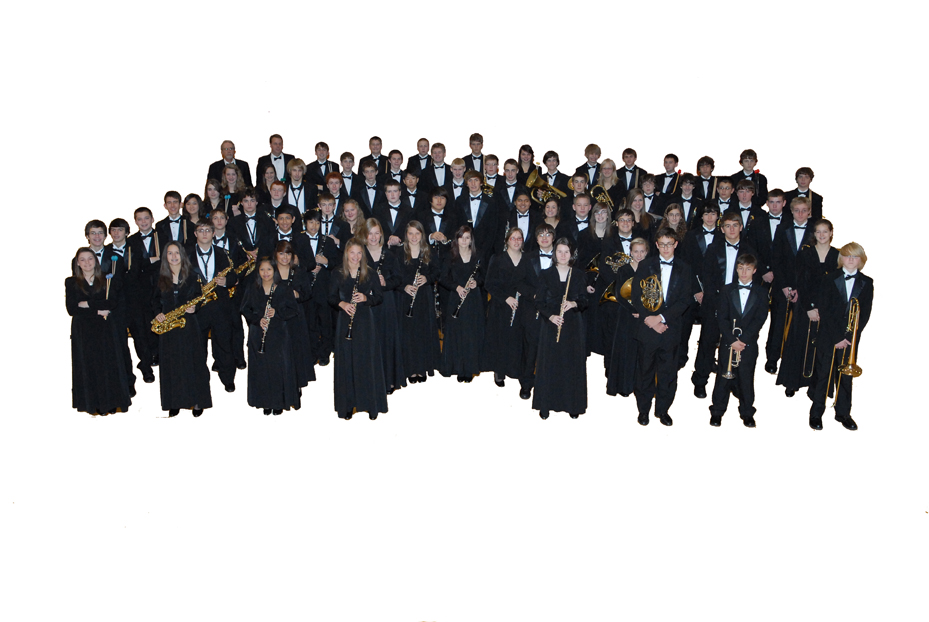
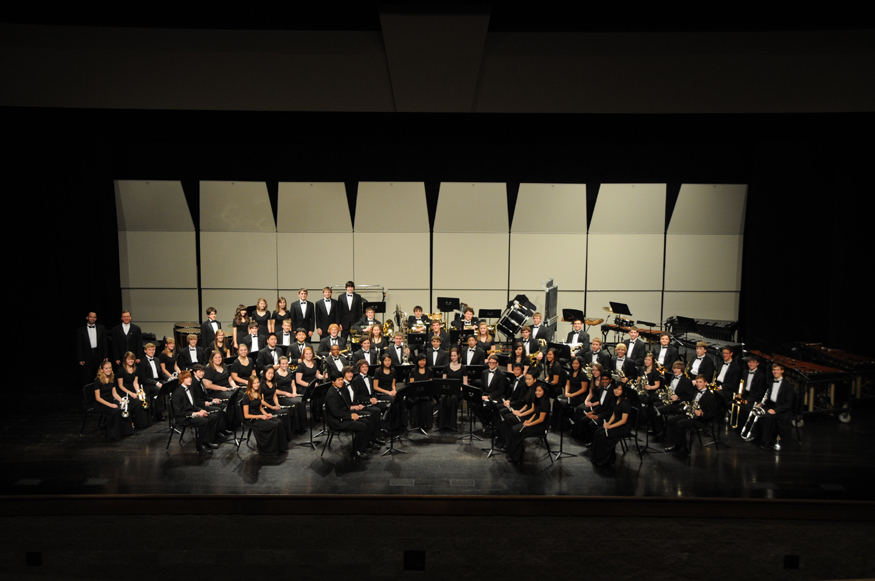
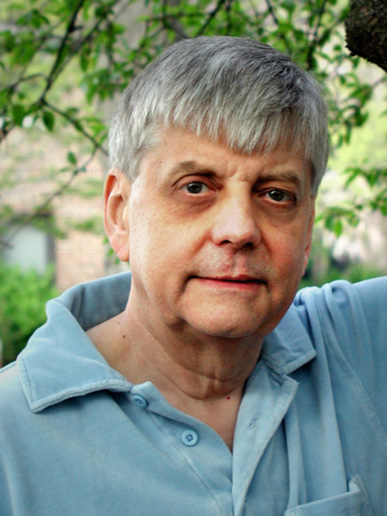
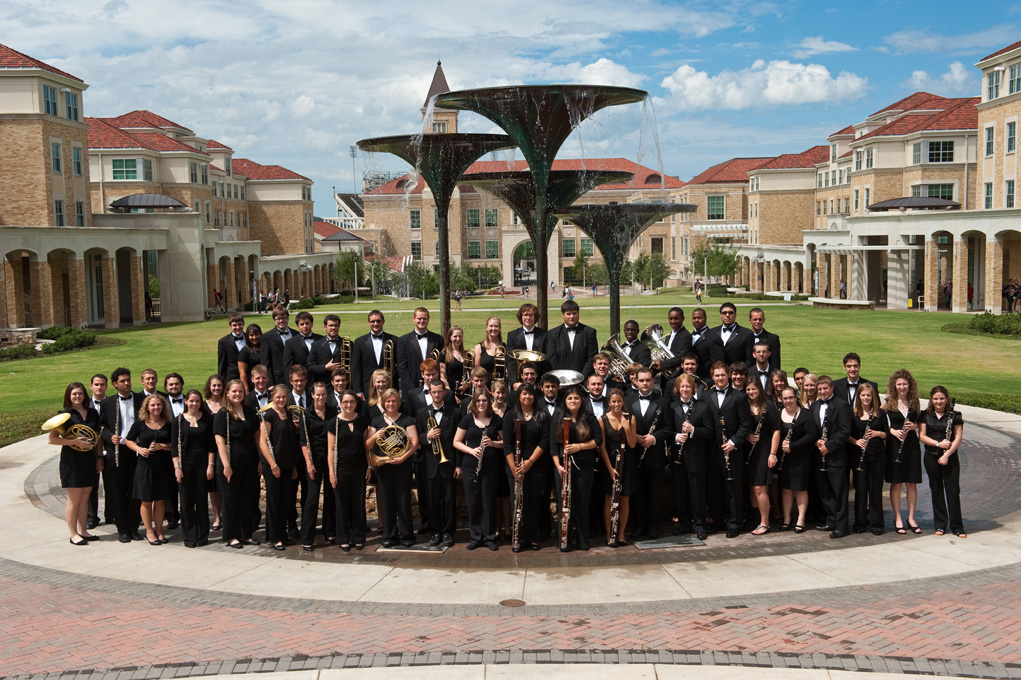
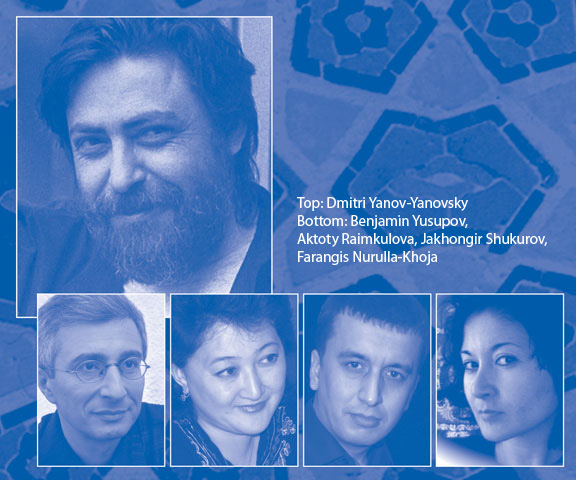

![Colin in Amahl 1[1]](https://nyconcertreview.com/blog/wp-content/uploads/2011/01/Colin-in-Amahl-111.jpg)
